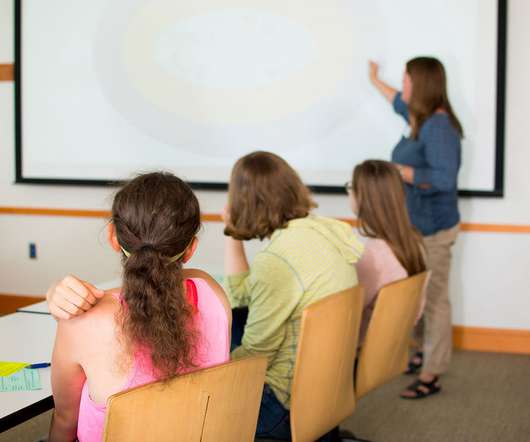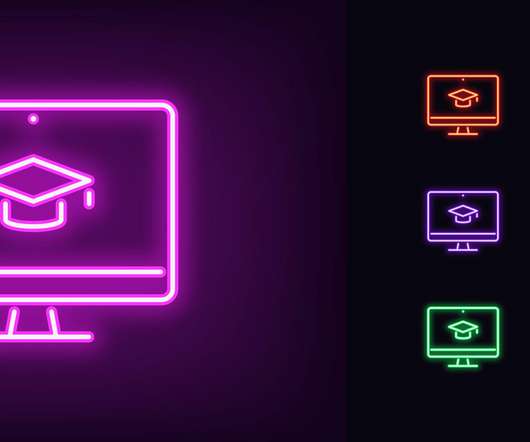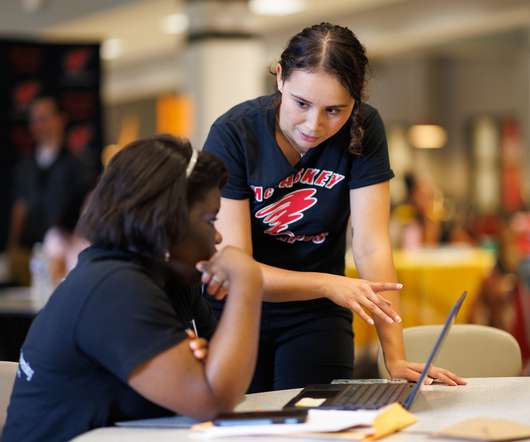Teaching and reading literature in the digital age
Neo LMS
MARCH 26, 2019
In 2002, the National Endowment of the Arts had bad news for educators and society at large : For the first time in modern history, less than half the adult population [of the US] was reading literature. NEA, Reading at Risk , 2002. They reported significant upward trends in literary reading among all age-groups and demographics.













































Let's personalize your content